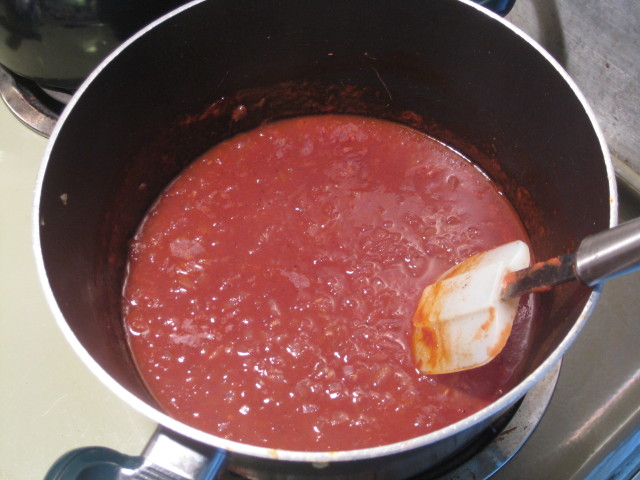
This is probably the more common, and recognizable sauce. Every culture around the Mediterranean sea and in general the countries that have the tomato as a farm product. It is probably the one sauce that can be made in 1000 different ways; with meat, with veggies, with cheese, with sea food…. And can top everything from pasta to meat. It is the only sauce that can be used as cooking media to give flavor to roasts. It is actually the only sauce that is eaten cold as well. Yeah… cold like ketchup.
The Tomato History has origins traced back to the early Aztecs around 700 A.D; therefore it is believed that the tomato is native to the Americas. It was not until around the 16th century that Europeans were introduced to this fruit when the early explorers set sail to discover new lands. Throughout Southern Europe, the tomato was quickly accepted into the kitchen, yet as it moved north, more resistance was apparent. The British, for example, admired the tomato for its beauty, but believe that it was poisonous, as its appearance was similar to that of the wolf peach. Most Europeans thought that the tomato was poisonous because of the way plates and flatware were made in the 1500’s.
Rich people in that time used flatware made of pewter, which has a high-lead content. Foods high in acid, like tomatoes, would cause the lead to leech out into the food, resulting in lead poisoning and death. Poor people, who ate off of plates made of wood, did not have that problem, and hence did not have an aversion to tomatoes. This is essentially the reason why tomatoes were only eaten by poor people until the 1800’s, especially Italians.
What changed in the 1800’s? First, and most significantly, was the mass immigration from Europe to America and the traditional blending of cultures. Many Italian-Americans ate tomatoes and brought that food with them. But also, and perhaps equally as important, was the invention of pizza. There is no pizza without tomato sauce, and pizza was invented around Naples in the late 1880’s. The story goes that it was created by one restaurateur in Naples to celebrate the visit of Queen Margarite, the first Italian monarch since Napoleon conquered Italy. The restaurateur made the pizza from three ingredients that represented the colors of the new Italian flag: red, white, and green. The red is the tomato sauce, the white was the mozzarella cheese, and the green was the basil topping. Hence, Pizza Margarite was born, and is still the standard for pizza. And what could have led more to the popularity of the tomato than pizza!”
Enough with history!!! Let ‘s get cooking… Well the basic sauce is very simple. I will give to recipes here, both from the Good Eats show. Actually you cannot go to different with those sauces. Let ‘s start with the first which is the fast, made with canned tomatoes. That are available year around and most of us stock on this stuff… I do at least. So we will need:
- 1 qt. cup olive oil
- 1 12 oz can tomato pure
- 1 12 oz can fine chopped tomato
- 2 tbsp of tomato paste
- 1 medium onion
- Salt and paper
- Optional Ingredients:
- Ground meat
- Veggies
- Herbs
- Spices
I will first go with the process of the basic sauce, the one that is the base of all the other sauces. Chop the onion fine. Very fine. You might need to pass it through a food grader to finely chop it. Add the olive oil (good quality) and cook the onion and salt & pepper it. That means medium heat till it get ‘s translucent. Do not brown it. Add the tomato paste and cook it slightly for a couple of minutes. The browning of the paste will induce some more caramelization giving it a slightly sweet taste. Add the pure and the chopped tomatoes and cook till you get the consistency you want. Don ‘t make it too thick though. It is a basic sauce that can be served over pasta, be used as braising liquid for roasts and meatballs. For sauce you need it thick. For braising let it be loose (you can loosen it up with some vegetable or chicken broth).
- 1 qt. cup olive oil
- 2 lbs of roma (plum) tomatoes
- 1 medium onion
- Salt and paper
Optional Ingredients:
- Ground meat
- Veggies
- Herbs
- Spices
Start be cutting the romas lengthwise and placing the cut side up in a baking dish. Bush them with olive oil and season with salt. No pepper it will just burn. Bake them at the oven for 30 minutes. At the end turn on the broiler and roast them for 5-10 mins till they become brown at the edges. Take them out and let them cool. The skin should peal right off. Pass them through a food processor to chop, but not too much unless you want them to be very smooth. Add in the pan where you brown the onion and cook till you get the consistency you desire. Feel free to use a stick blender to smooth them more.
Now the optional stuff:
Spices: Add the spices at the beginning when you caramelize the onion.
Cinnamon: Great with meat like beef pork and lamb.
Cumin: Great with veggies and meats for a smoky flavor.
Cayenne or red pepper flakes or whole: Always a must to give some heat and punch.
Coliander: Add this one after the tomato addition. A lemony taste, great with veggies and meats.
Meats: You can use any type of ground meat you want. Add it after the onion and let it brown for a while. You can now use some alcohol to enhance the meat flavor. I like beer with pork and beef.
Veggies: Add them along side with the onion. There are the trinities. Mix of veggies in 2:1:1, Onion: Veggie 1: Veggie 2.
- Italian trinity (soffrito): Onion, carrot and pepper.
- French trinity (Mirepoix): Onion, carrot celery.
- Spanish trinity (sofrito): Onion, carrot garlic (not at the same ratio o f coarse).
You can add other veggies such mushrooms, jálapenos, at the same point. Soft veggies however like the corn or peas are added in the mix after the tomatoes cause they will melt if added at the beginning.
Herbs: Basil, mint, oregano, thyme, parsley etc. The dry herbs can be added after the tomato so they can re-hydrate. The dry add them at teh last minute or two so you don ‘t overcook them.
So you see that this sauce is really a mother sauce. You can have infinite amount of combinations. literary a new sauce for every day of your life.


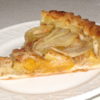
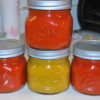

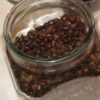

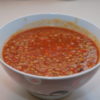

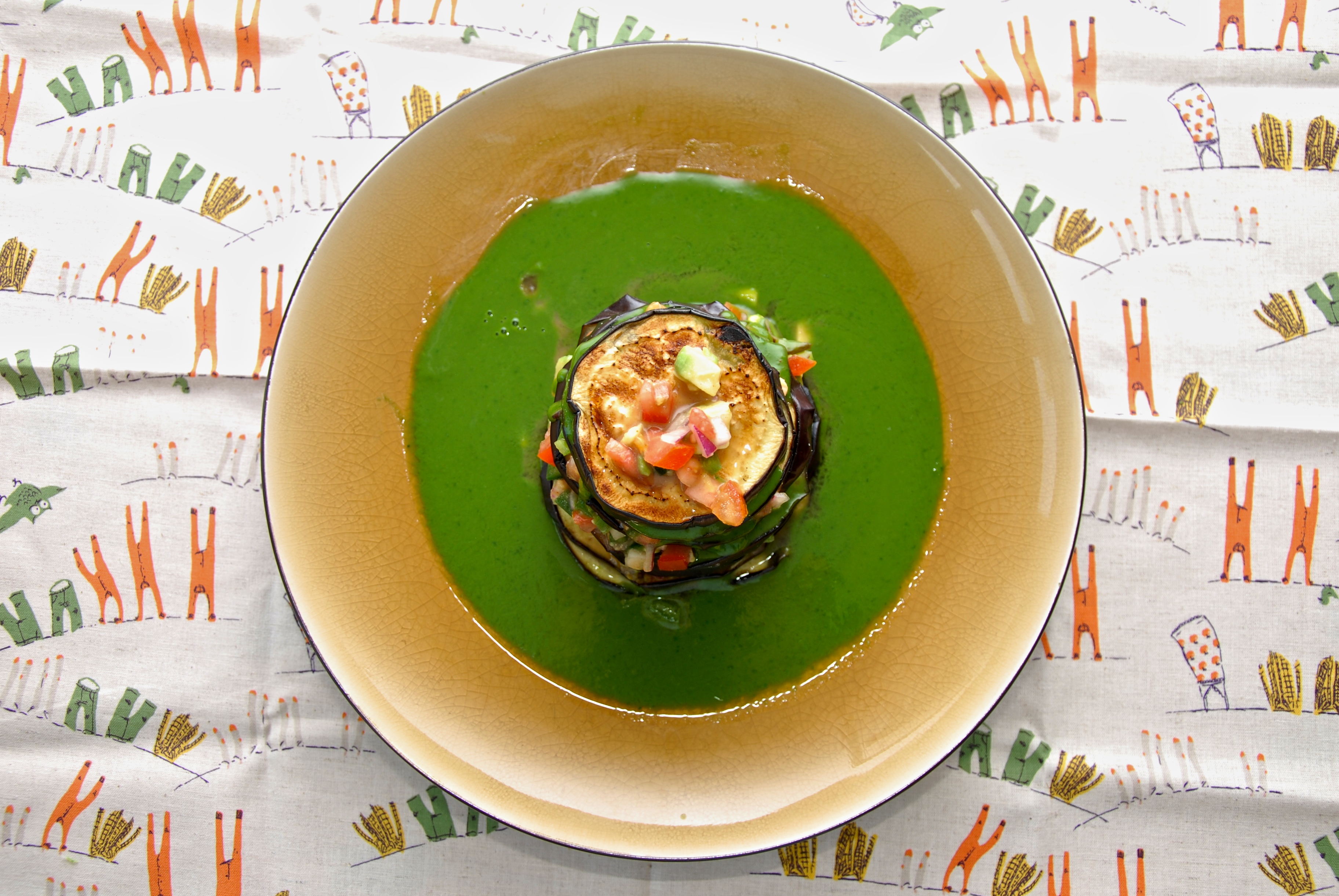

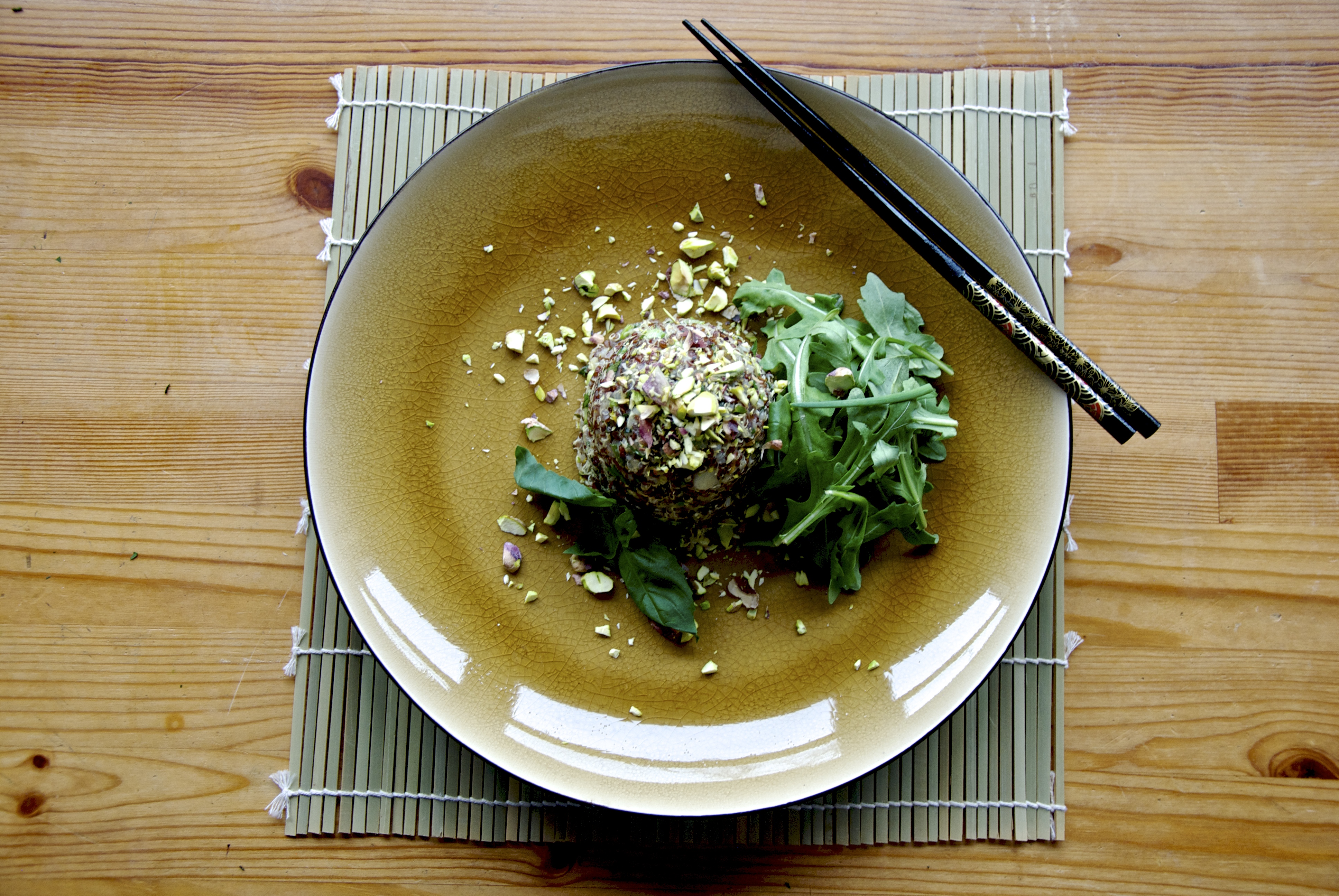
Leave a Reply